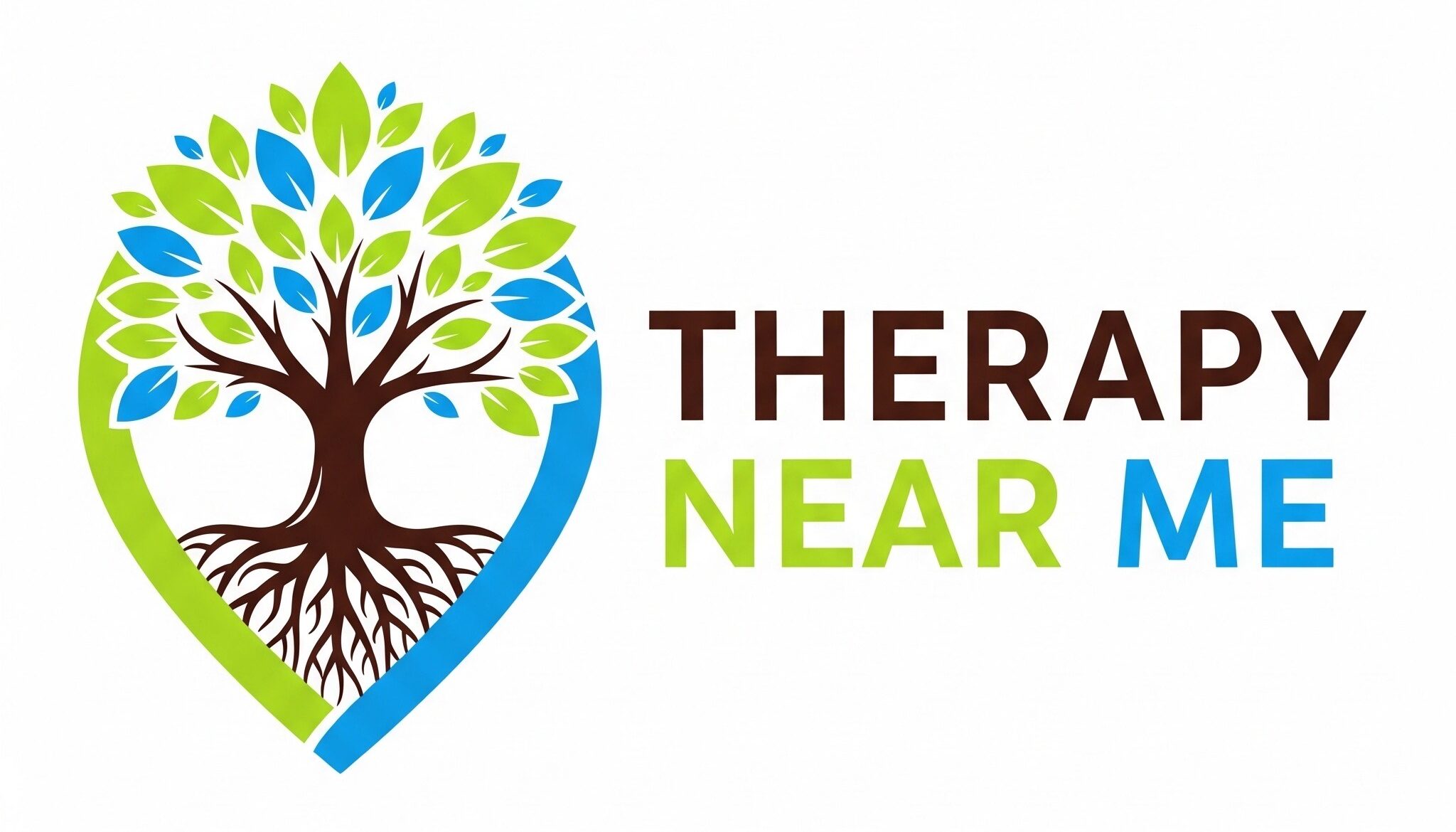Performance anxiety, often referred to as “stage fright,” is a common psychological condition that affects individuals who are required to perform in front of an audience or under pressure. This anxiety can occur in various settings, including public speaking, sports, music, and other performance-related activities. While some level of nervousness is natural, performance anxiety can be debilitating, leading to significant distress and impaired performance. This article explores the causes, symptoms, and strategies for managing performance anxiety, with insights from psychological research.
Keywords: performance anxiety, stage fright, anxiety management, psychological stress, public speaking anxiety, coping strategies, anxiety in athletes, mental health
What is Performance Anxiety?
Performance anxiety is a type of anxiety disorder characterised by intense fear or nervousness before or during a performance. This anxiety is typically triggered by the anticipation of being judged or evaluated by others. While it is normal to feel some level of nervousness before a performance, performance anxiety occurs when these feelings become overwhelming and interfere with an individual’s ability to perform effectively (American Psychological Association, 2013).
1.1 Types of Performance Anxiety
Performance anxiety can manifest in various forms, depending on the context of the performance:
- Public Speaking Anxiety: This is one of the most common forms of performance anxiety. Individuals may experience extreme nervousness when speaking in front of an audience, leading to symptoms such as trembling, sweating, and difficulty speaking clearly (Daly, Vangelisti, & Lawrence, 2013).
- Stage Fright in Performing Arts: Musicians, actors, and dancers often experience performance anxiety, which can manifest as physical symptoms like shaking, dry mouth, and racing thoughts. This can significantly affect their ability to deliver a polished performance (Kenny, 2011).
- Sports Performance Anxiety: Athletes may experience anxiety before or during a competition, which can impair their physical abilities and decision-making. This is particularly common in high-pressure situations, such as championship games or matches (Craft, Magyar, Becker, & Feltz, 2003).
Causes of Performance Anxiety
The causes of performance anxiety are multifaceted and can vary depending on the individual and the context of the performance. However, several common factors contribute to the development of performance anxiety.
2.1 Fear of Negative Evaluation
One of the primary causes of performance anxiety is the fear of being negatively evaluated by others. This fear can stem from a desire to be accepted or from concerns about one’s self-worth. Individuals who are highly self-critical or who have experienced negative feedback in the past may be more prone to performance anxiety (Schlenker & Leary, 1982).
2.2 Perfectionism
Perfectionism is another significant contributor to performance anxiety. Individuals who set excessively high standards for themselves may fear that they will not meet these standards, leading to anxiety. This is particularly common in environments where there is a strong emphasis on success and achievement, such as in competitive sports or professional performances (Flett & Hewitt, 2005).
2.3 Lack of Preparation
A lack of adequate preparation can also lead to performance anxiety. When individuals feel unprepared, they are more likely to doubt their abilities and fear failure. This can create a cycle of anxiety that impairs their ability to perform, even in situations where they might otherwise succeed (Yoshie, Kudo, Murakoshi, & Ohtsuki, 2009).
2.4 Biological Factors
Biological factors, such as an individual’s genetic predisposition to anxiety, can also play a role in the development of performance anxiety. Individuals with a family history of anxiety disorders may be more likely to experience performance anxiety. Additionally, certain neurotransmitter imbalances, particularly those involving serotonin and dopamine, may contribute to the onset of anxiety symptoms (Stein, 2000).
Symptoms of Performance Anxiety
Performance anxiety can manifest through a range of physical, cognitive, and emotional symptoms. These symptoms can vary in intensity and may occur before, during, or after the performance.
3.1 Physical Symptoms
- Increased Heart Rate: One of the most common physical symptoms of performance anxiety is a racing heart. This is the body’s natural response to stress, as it prepares to deal with a perceived threat (Sapolsky, 2004).
- Sweating: Excessive sweating, particularly on the hands and face, is another common symptom. This can be uncomfortable and may increase self-consciousness during a performance (Leary, 1992).
- Trembling or Shaking: Many individuals with performance anxiety experience trembling, which can affect their ability to perform tasks that require fine motor skills, such as playing an instrument or handling props (Kenny, 2011).
- Dry Mouth: Performance anxiety can cause a decrease in saliva production, leading to a dry mouth. This can make speaking or singing difficult and uncomfortable (Daly et al., 2013).
3.2 Cognitive Symptoms
- Racing Thoughts: Individuals with performance anxiety often experience racing thoughts, which can make it difficult to focus on the task at hand. This can lead to mistakes and a sense of losing control (Clark & Wells, 1995).
- Negative Self-Talk: Negative self-talk, such as thoughts of failure or self-doubt, is common in those experiencing performance anxiety. This can exacerbate feelings of inadequacy and increase anxiety levels (Beck, Emery, & Greenberg, 2005).
- Difficulty Concentrating: The intense focus on potential failure can make it difficult to concentrate on the performance itself. This can lead to errors and a decrease in overall performance quality (Eysenck, Derakshan, Santos, & Calvo, 2007).
3.3 Emotional Symptoms
- Fear and Panic: Performance anxiety can trigger intense feelings of fear or panic, particularly as the performance approaches. This can lead to avoidance behaviours, where the individual may attempt to escape the situation or avoid future performances altogether (Antony & Swinson, 2000).
- Feelings of Inadequacy: Individuals with performance anxiety often feel inadequate or unworthy, believing that they will fail to meet expectations. This can result in low self-esteem and a reluctance to pursue opportunities that involve performance (Beck et al., 2005).
Coping Strategies for Performance Anxiety
Managing performance anxiety requires a combination of psychological strategies, behavioural techniques, and, in some cases, professional support. The following strategies can help individuals reduce the impact of performance anxiety and improve their ability to perform under pressure.
4.1 Cognitive-Behavioural Therapy (CBT)
Cognitive-behavioural therapy (CBT) is one of the most effective treatments for performance anxiety. CBT focuses on identifying and challenging negative thought patterns that contribute to anxiety. By reframing these thoughts and replacing them with more positive, realistic beliefs, individuals can reduce their anxiety and improve their performance (Clark & Wells, 1995).
CBT also involves exposure therapy, where individuals gradually face their fears in a controlled environment. This helps desensitise them to the anxiety-provoking situation and build confidence in their ability to perform (Antony & Swinson, 2000).
4.2 Relaxation Techniques
Relaxation techniques, such as deep breathing, progressive muscle relaxation, and visualisation, can help reduce the physical symptoms of performance anxiety. These techniques work by activating the body’s relaxation response, which counteracts the stress response and lowers anxiety levels (Borkovec, Ray, & Stöber, 1998).
- Deep Breathing: Practising deep breathing before and during a performance can help slow the heart rate and reduce feelings of panic. Focusing on the breath can also serve as a distraction from negative thoughts.
- Progressive Muscle Relaxation: This technique involves tensing and then slowly releasing each muscle group in the body. It can help relieve physical tension and promote a sense of calm (Borkovec et al., 1998).
- Visualisation: Visualisation involves imagining a successful performance in detail. This can help build confidence and reduce anxiety by mentally rehearsing the desired outcome (Driskell, Copper, & Moran, 1994).
4.3 Preparation and Practice
Adequate preparation is crucial for reducing performance anxiety. When individuals feel well-prepared, they are more likely to feel confident in their abilities and less anxious about the outcome (Yoshie et al., 2009). Practising the performance repeatedly can help build muscle memory and reduce the likelihood of errors during the actual event.
- Mock Performances: Rehearsing in front of a small, supportive audience can help simulate the experience of performing under pressure. This can make the actual performance feel less intimidating.
- Familiarisation: Familiarising oneself with the performance environment, such as the stage or venue, can reduce anxiety by eliminating the element of surprise (Craft et al., 2003).
4.4 Seeking Professional Help
For some individuals, performance anxiety may be severe enough to warrant professional help. This can include working with a psychologist or counsellor who works in anxiety disorders. In some cases, medication may be prescribed to help manage the symptoms of performance anxiety, particularly if other strategies have not been effective (Stein, 2000).
Conclusion
Performance anxiety is a common but manageable condition that can affect individuals in a variety of contexts, from public speaking to competitive sports. Understanding the causes and symptoms of performance anxiety is the first step in developing effective coping strategies. By combining cognitive-behavioural techniques, relaxation methods, and thorough preparation, individuals can reduce their anxiety and improve their performance. Recognising the impact of performance anxiety and seeking appropriate support when necessary can help individuals achieve their full potential without being hindered by fear and self-doubt.
References
- American Psychological Association. (2013). Diagnostic and Statistical Manual of Mental Disorders (5th ed.). Arlington, VA: American Psychiatric Publishing.
- Antony, M. M., & Swinson, R. P. (2000). The Shyness and Social Anxiety Workbook: Proven Techniques for Overcoming Your Fears. Oakland, CA: New Harbinger Publications.
- Beck, A. T., Emery, G., & Greenberg, R. L. (2005). Anxiety Disorders and Phobias: A Cognitive Perspective. New York, NY: Basic Books.
- Borkovec, T. D., Ray, W. J., & Stöber, J. (1998). Worry: A cognitive phenomenon intimately linked to affective, physiological, and interpersonal behavioural processes. Cognitive Therapy and Research, 22(6), 561-576.
- Clark, D. M., & Wells, A. (1995). A cognitive model of social phobia. In R. G. Heimberg, M. Liebowitz, D. A. Hope, & F. R. Schneier (Eds.), Social Phobia: Diagnosis, Assessment, and Treatment (pp. 69-93). New York, NY: Guilford Press.
- Craft, L. L., Magyar, T. M., Becker, B. J., & Feltz, D. L. (2003). The relationship between the Competitive State Anxiety Inventory-2 and sport performance: A meta-analysis. Journal of Sport and Exercise Psychology, 25(1), 44-65.
- Daly, J. A., Vangelisti, A. L., & Lawrence, S. G. (2013). Avoiding Communication: Shyness, Reticence, and Communication Apprehension. New York, NY: Routledge.
- Driskell, J. E., Copper, C., & Moran, A. (1994). Does mental practice enhance performance? Journal of Applied Psychology, 79(4), 481-492.
- Eysenck, M. W., Derakshan, N., Santos, R., & Calvo, M. G. (2007). Anxiety and cognitive performance: Attentional control theory. Emotion, 7(2), 336-353.
- Flett, G. L., & Hewitt, P. L. (2005). Perfectionism and Maladjustment: An Overview of Theoretical, Definitional, and Treatment Issues. Washington, DC: American Psychological Association.
- Kenny, D. T. (2011). The Psychology of Music Performance Anxiety. Oxford: Oxford University Press.
- Leary, M. R. (1992). Self-presentational processes in exercise and sport. Journal of Sport and Exercise Psychology, 14(4), 339-351.
- Sapolsky, R. M. (2004). Why Zebras Don’t Get Ulcers (3rd ed.). New York, NY: Henry Holt and Company.
- Schlenker, B. R., & Leary, M. R. (1982). Social anxiety and self-presentation: A conceptualisation model. Psychological Bulletin, 92(3), 641-669.
- Stein, M. B. (2000). Neurobiology of generalized anxiety disorder. Journal of Clinical Psychiatry, 62(11), 14-19.
- Yoshie, M., Kudo, K., Murakoshi, T., & Ohtsuki, T. (2009). Music performance anxiety in skilled pianists: Effects of social-evaluative performance conditions on subjective, autonomic, and electromyographic reactions. Experimental Brain Research, 199(2), 117-126.
How to get in touch
If you or your NDIS participant need immediate mental healthcare assistance, feel free to get in contact with us on 1800 NEAR ME – admin@therapynearme.com.au.







